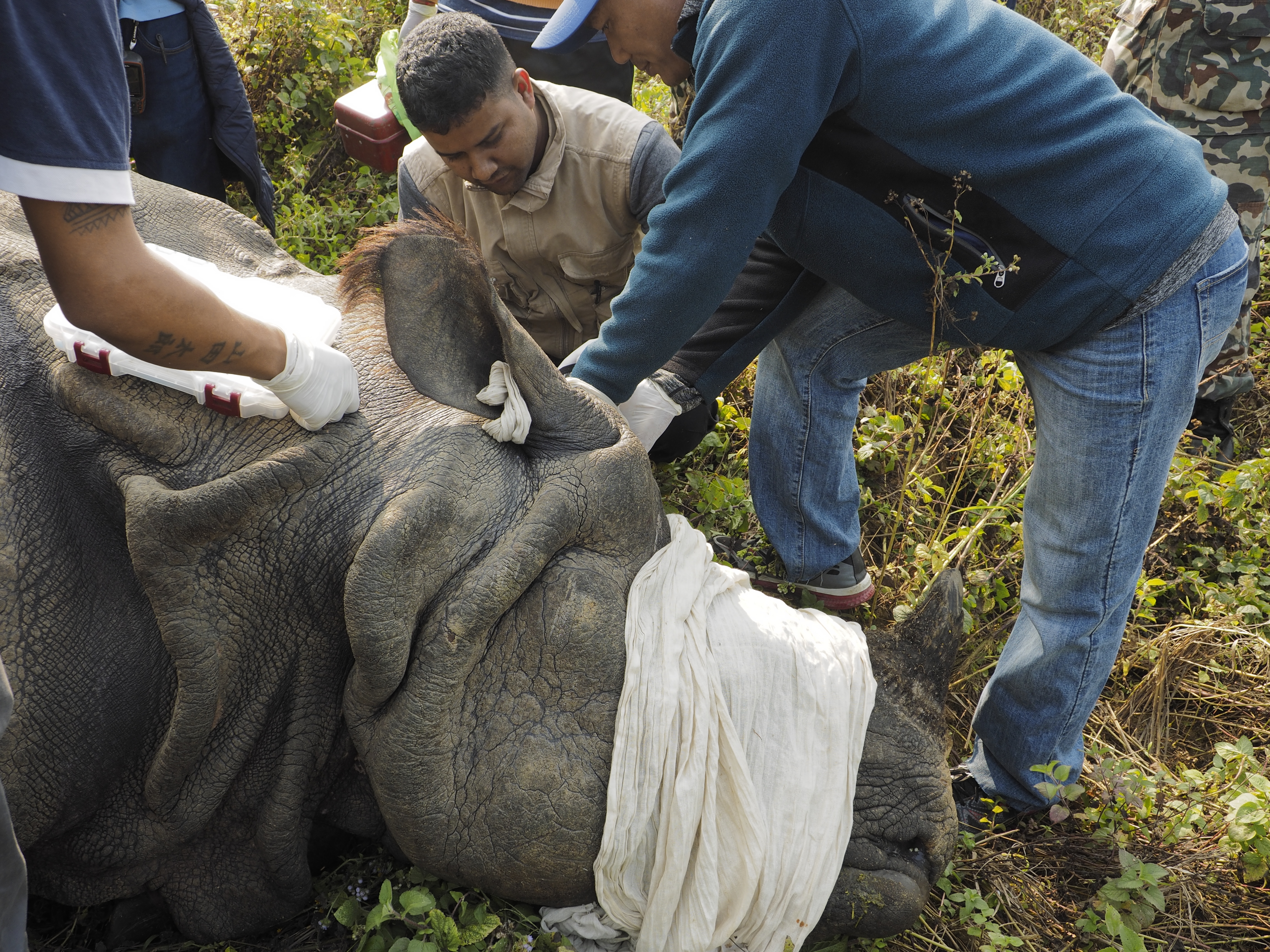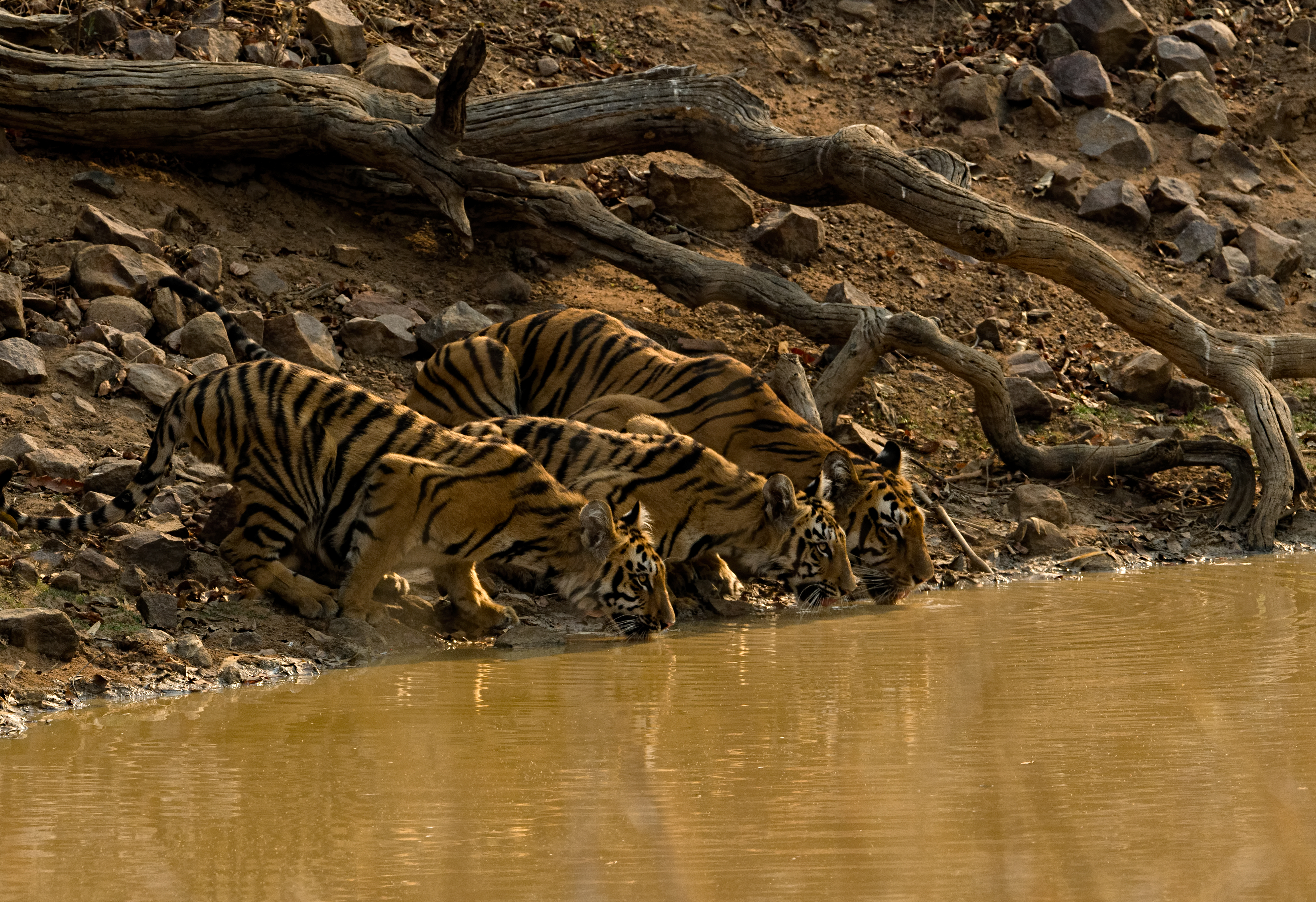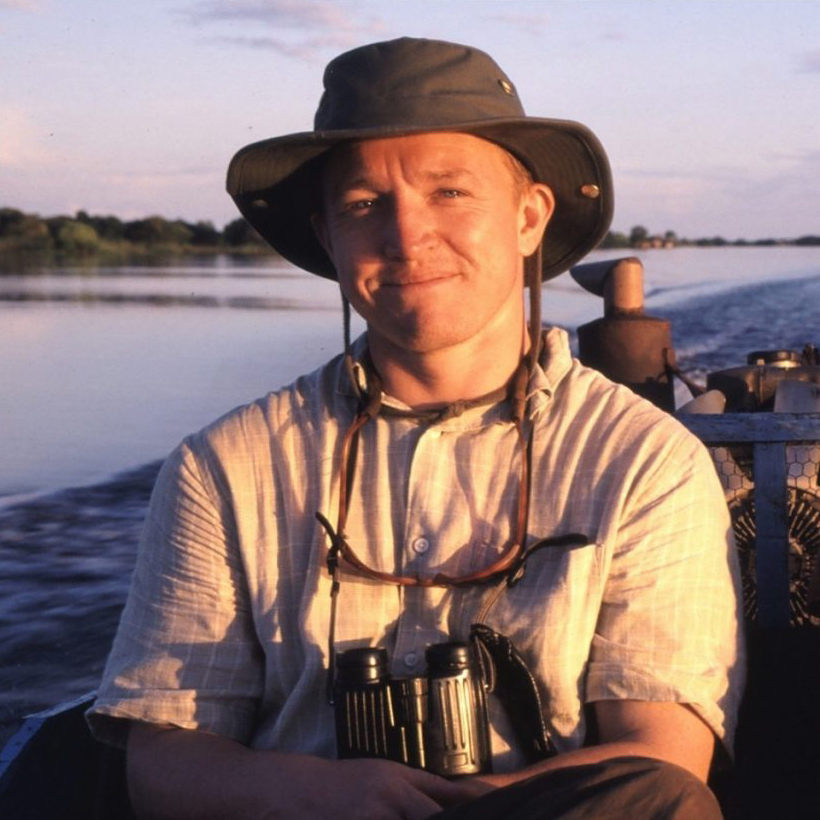Towards New Wildlife Health Partnerships in a Changing World
As I write this in summer 2020, it is almost six months since the first reports that a mysterious new pathogen was emerging in the Chinese city of Wuhan. Given the pandemic that ensued, few of us remain unaware of the omnipotent reach of wildlife-origin microbes to disrupt our health, our economies and our liberty. Of course, for those of us who have built a career in wildlife health, this news has come as no surprise at all. We have spent our lives tracking how environmental degradation disrupts pathogen ecology, with repercussions not only for human society but perhaps more often for the domestic animals and wildlife that live alongside us.
We now know that pathogen emergence is not a random event, and is in fact concentrated in the tropics and lowlands where large numbers of people intensively interact with a rich diversity of wild species. At the feet of the Himalayas, Nepal’s Terai is a fine example, where half of the country’s 26 million people make a living alongside some of Asia’s richest protected areas, supporting a diversity of wildlife, from dolphins to tigers. While Nepal has a proud history of conservation and environmental protection, it has given wildlife health comparatively little attention until recently. Responding to everyday challenges, local veterinary colleges have emphasized the care of production animals and pets, and future veterinarians have had little opportunity to specialize in techniques more appropriate to wildlife. Few local laboratories, for example, are equipped to receive wildlife samples, and the ability to export samples is encumbered by the red tape of international wildlife trade legislation.
But thankfully times are changing…
My own engagement in Nepal began through an email exchange with Nepali veterinarian Amir Sadaula, based at Chitwan National Park with the not-for-profit National Trust for Nature Conservation. He had been following my research in Russia assessing the growing conservation impacts of canine distemper virus (CDV) infection on populations of Amur tigers. He expressed concern that Bengal tigers in Nepal may be facing similar issues and was eager to begin work to assess the potential risk. Together, and with support from the Cornell Feline Health Center, we have now successfully equipped a local laboratory at the Agricultural Forestry University with protocols for testing tiger blood samples for signs of CDV exposure as a first step to assess if / how the virus poses a threat.
As is so often the case, introductory lines of research branch into new and sometimes surprising avenues of inquiry. In recent years, Nepal has seen an alarming increase in mortality affecting populations of greater one-horned rhinoceros. This highlighted the need to support the development of local skills in mortality investigation, particularly in wildlife pathology. Through a grant from the Cornell Atkinson Center for Sustainability, we enlisted the help of renowned wildlife pathologist Carol Meteyer to visit Nepal to review rhino tissue samples and assist us to design a new program to develop local expertise in veterinary and wildlife pathology. We are now seeking funding to implement this program, equipping rangers and field veterinarians with the skills to investigate ongoing wildlife disease events, as well as to boost the capacity of local universities and students to carry this into the future.
Now we are looking at ways to strengthen this engagement and in 2019 were fortunate to welcome two Nepali graduate students to enroll in PhD and Masters programs at Cornell’s Department of Natural Resources. We have also been actively developing opportunities for Cornell veterinary students to partner with our local collaborators on short-term research projects, as well as engaging clinical faculty and wildlife health colleagues in Nepal to promote professional exchanges and seed new collaborative research initiatives.
If the coronavirus pandemic has taught us anything, it is that we truly live in a One Health world, where an Asian bat virus can devastate the health of New York City, while also threatening the survival of critically endangered gorillas in Uganda. Our partnership in Nepal will contribute to meeting these challenges, strengthening collaborations that bridge national borders as well as professional disciplines in support of a new generation of wildlife health specialists who can work to promote conservation and public health in the world’s most biodiverse regions, where the need is also the greatest.
As the Cornell Wildlife Health Center's Wild Carnivore Health Specialist, Dr. Martin Gilbert leads and develops projects focused on understanding how disease affects populations of tigers and other threatened carnivores, and uses findings to identify practical measures to mitigate conservation impacts on species in the wild.
Text and images originally published in the Cornell University South Asia Program 2020 Bulletin.



